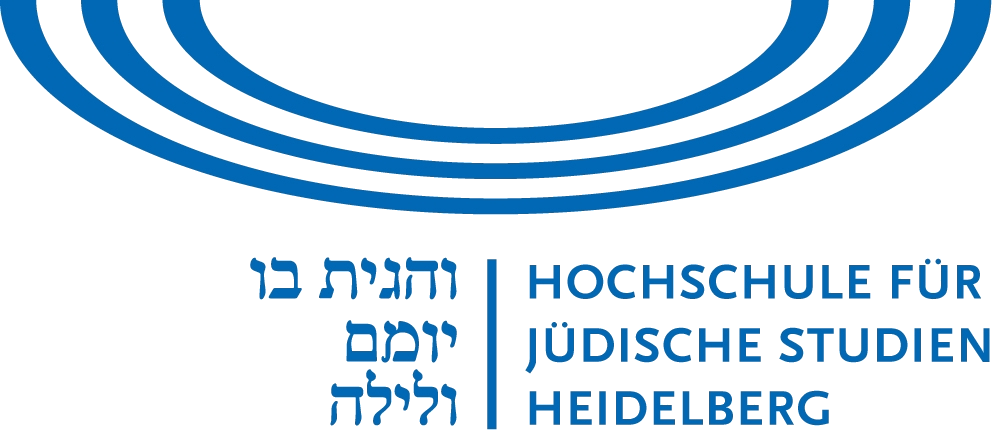Goals & Central Ideas
In the Collaborative Research Center 933 (SFB 933), more than 160 scholars from many humanities disciplines at Heidelberg University and the Heidelberg Center for Jewish Studies have studied texts and inscriptions found on pre-modern artefacts, i.e. on human-made objects such as texts on pillars, portals, gravestones, shards, amulets, scrolls, on papyri, parchment, paper; to name but a few.
The main research interest focussed on the specific materiality, the evoked presence of the inscribed artefacts and the written texts themselves. The researchers involved investigated a lot of questions: How and under which circumstances were these artefacts produced? In which spacial arrangements were they located? Who had access to them? How and in which contexts were they used? The CRC's 933 main idea was that writing, script-bearing artefacts and related practices are bound by an irrevocable mutual connection, which has a huge explanatory power for the understanding of the transmitted texts and their cultural surroundings.
The CRC 933 chose its examination objects first and foremost from cultures to which means of mass production for written texts were unknown or unavailable. This included for example antique statue bases, clay tablets inscribed with cuneiform writing from Mesopotamia or graphic characters found on medieval buildings. This decision was based on the presumption that the connection of text, materiality, spatiality and on the practices linked to these changed fundamentally with book printing. Among other things, the materiality of the written seems of lessened significance for actors. Furthermore, with the development of an appropriate set of methodical tools the CRC has helped to draw attention to the fact that the materiality of texts plays an essential role in their understanding - not only for texts from societies long past, but also for those of today.
Since its beginning, the CRC aimed for the following overarching goal: Interdisciplinary, systematic development and proving of a tableau of methods and its justification for the analysis of script-bearing artefacts as a theory of material text culture; moreover, its implementation in historical-archaeological and philological studies. In the volume "On the Theory and Systematics of Material Text Culture”, open accessible at de Gruyter publishing, the SFB researchers present a synthesis of their studies. In 35 theses they summarize the findings of twelve years of interdisciplinary work on such a theory of material text culture.
Furthermore, one of the CRC's central goals was to gather and make available qualified data (TP INF, cf. for data base presentations). It was of upmost importance for us to systematically reflect possible future use cases (cf. the CRC’s data management plan). Also, systematically diffusing the CRC's research results to several target groups was a main objective which was planned and carried out by the subproject "Public Relations".
The research network was funded from 2011 to 2023 over a period of twelve years.


